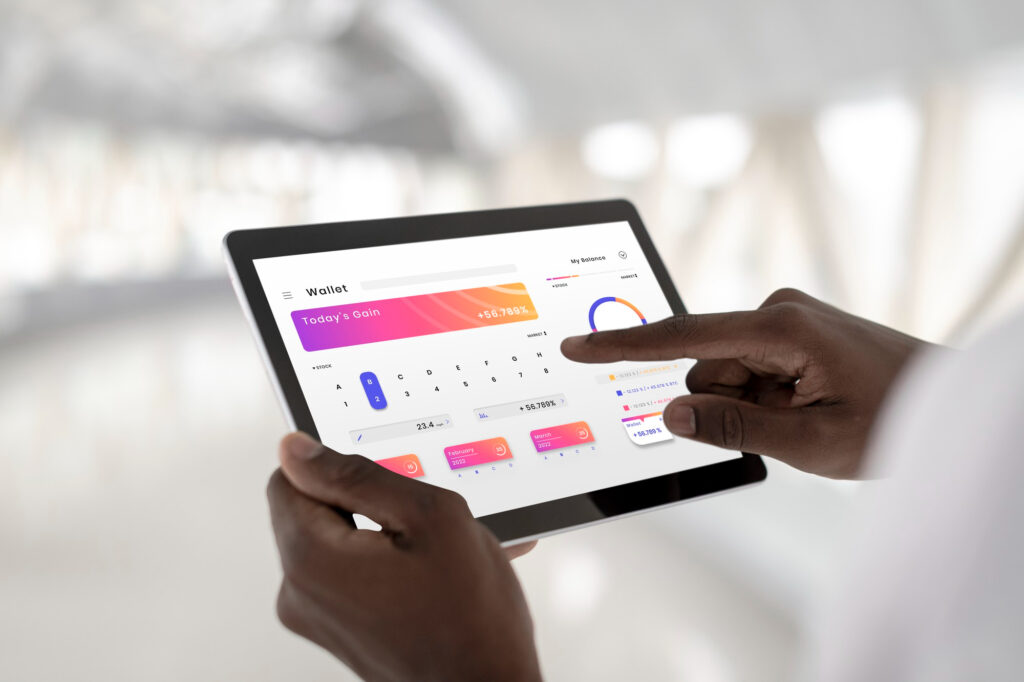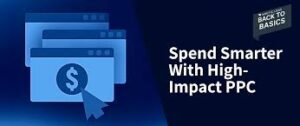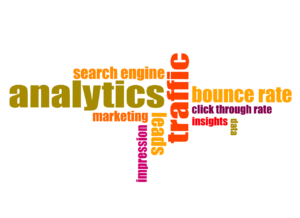Today, digital marketing has become an essential tool for companies because a higher return on investment for your marketing investment is not merely desirable, but necessary especially in Nigeria.
However, navigating the marketing landscape can be daunting. There is no place for speculation given the vast amount of data, social media trends, and shifting search engine algorithms.
It is impossible to overestimate the significance of having a strong online presence and successful digital strategy as more and more customers use the internet and digital platforms for research, interaction, and decision-making.
An experienced marketing firm can help with that. Leveraging the power of digital marketing may open up a world of options and help you succeed in the fiercely competitive Nigeria market, regardless of the size of your company. The advantages of adopting digital marketing are numerous and persuasive, ranging from enhanced visibility and reach to economical solutions and customized targeting.
This blog demonstrates how marketing firms increase creativity and raise your revenue. We’ll discuss everything from their capacity to maximize your advertising investment to developing a brand identity that appeals to your target market.
The Challenges of Growing Your Business
Scaling has its hurdles. The challenge is to balance scaling operations and adapting to new demands while maintaining the quality that got you to this point.
Throwing more resources at the problem often leads to diminishing returns.
While your business surges, the entire market around you is shifting, and customer needs are evolving. It’s also about staying true to your unique brand identity, which becomes paramount as the competition intensifies. The temptation to chase every trend is real but often leads to a diluted brand message.
There is one solution – hiring a marketing agency like dgazelledigital. They can create, plan, and execute advertising and marketing projects. In other words, they act as a partner to help you achieve growth.
Navigating these complexities is one thing. Emerging with a larger, more profitable, and more impactful business is an altogether different challenge. This is where partnering with a marketing agency can make a difference.
1. Enhanced Marketing ROI
A Digital Marketing Agency is aware that every Naira spent ought to yield a solid profit. They concentrate on improving your marketing ROI through:
- defining precise KPIs that are connected to your corporate objectives. In order to optimize campaigns for optimum impact, they monitor KPIs across channels, such as social interaction, website traffic, conversion rates, etc.
- Converting data into insights that can be put to use is a specialty of agencies. They find high-potential possibilities to increase ROI and suggest areas for development by examining market trends, campaign performance, and consumer behavior.
- Deploying of strategies like A/B testing, channel optimization, and audience targeting.
For instance, Lick, a premium paint and wallpaper supplier that practices sustainability and environmental responsibility, found it difficult to deal with the unpredictability of social media marketing.
2. Quality Lead Generation
Digital marketing agencies don’t produce any outdated leads. They concentrate on the prospects that have the best chance of becoming devoted clients.
Based on demographics, behaviors, and pain points, they assist you in defining your ICP. After that, campaigns are modified to appeal to this particular demographic.
Additionally, agencies used technologies to generate leads, including:
- Lead scoring: Instruments that prioritize nurturing efforts by allocating scores to leads according to engagement.
- CRM software: Systems that consolidate lead information for effective administration and tailored correspondence.
- Chatbots: AI-driven solutions that are available around-the-clock to collect leads after hours.
Marketing firms recognize HQL’s long-term benefits, which lower the cost of acquiring new clients. Additionally, happy consumers support your brand’s expansion by recommending it to others and making repeat purchases.
3. Efficient Funnel Monitoring
A marketing firm knows how important it is to monitor the buyer’s progress through the funnel. It aids in understanding your ROI, increasing conversion rates, and identifying bottlenecks.
To address problems at various phases of the funnel, agencies employ a variety of strategies:
- Awareness: To draw people in, use SEO, compelling content, and wide-ranging marketing.
- Interest/Consideration: Informing and nurturing content such as case studies and demos.
- Conclusion: To seal the purchase, use retargeting, compelling sales collateral, and tailored offers.
Marketing firms frequently make use of specific platforms like as
- Google Analytics: Monitors website traffic and funnel-wide behavior trends.
- CRM software tracks interactions throughout the course of a lead’s lifecycle and manages lead data.
- Heat-mapping Tools: To identify areas of friction, see how users interact with your website.
4. Strategic Content Development
Marketing agencies help you create a content plan that aligns with your business goals. This ensures that every piece works hard to attract and engage your target audience.
The process is as follows;
- Audience research: Defining your ideal customer is the starting point.
- Content mapping: Matching content types to different stages of the buyer’s journey.
- Pillar content: Creating in-depth, authoritative pieces that act as central hubs for related content.
- Editorial calendar: Planning, scheduling, and ensuring consistent content output.
- Optimization: Keyword research, on-page optimization, and backlinking strategies to improve your content’s visibility and drive organic traffic.
Kurve’s work with Tree is an excellent example of how we leveraged TikTok’s Video Insights Tool to understand audience behavior. The TikTok creators for Treecard’s campaign were also preselected according to their compatibility with the brand and viral patterns within their accounts (a consistent number of videos with significant views and likes).
5. Boosting Brand Visibility
One of the primary advantages of digital marketing is its ability to significantly expand the reach and visibility of your business. Unlike traditional marketing methods, which are often limited by geographic boundaries and audience size, digital marketing allows you to target a much wider audience beyond your local market.
Through the use of search engine optimization (SEO), social media marketing, and other digital channels, you can make your business more discoverable to potential customers who are actively searching for your products or services.
Additionally, digital marketing enables you to track and analyze the performance of your campaigns in real-time, allowing you to continuously refine and optimize your strategies for maximum impact. This data-driven approach ensures that your marketing efforts are effectively reaching the right people, at the right time, and through the right channels.
Some key benefits of increased reach and visibility through digital marketing include:
- Expanding your customer base beyond local boundaries: Reach customers across Nigeria, or even globally, through your online presence.
- Improving brand recognition and recall: Consistent, multi-channel digital marketing campaigns can help cement your brand in the minds of your target audience.
- Leveraging data-driven insights: Analyze performance metrics to understand what’s working and what needs improvement, allowing you to make informed decisions.
6. Customer Retention Strategies
New customers are more expensive than keeping an existing one. Marketing agencies understand this and help you develop effective marketing strategies that nurture existing customers, turning them into loyal advocates.
Agencies often use personalized digital strategies such as:
- Targeted Email Campaigns and sent offers, resources, or birthday wishes based on customer profiles and purchase history.
- Lifecycle Marketing for tailored communications based on where the customer is in their journey (e.g., onboarding, renewal reminders, etc.).
- Re-engagement Campaigns to win back inactive customers with personalized incentives or content.
- Loyalty programs nurture a sense of belonging by offering increasing benefits as customers spend more/interact. Loyalty programs incentivize actions like referrals, reviews, and social media shares.
Marketing agencies know that customer feedback is a goldmine of insights. The best methods to gather this data are Post-purchase Surveys, Net Promoter Score (NPS) Surveys and Customer Support Analysis.
Unlock Your Brand’s Potential with DgazelleDigital! Let us drive your growth, engagement, and results to new heights.







